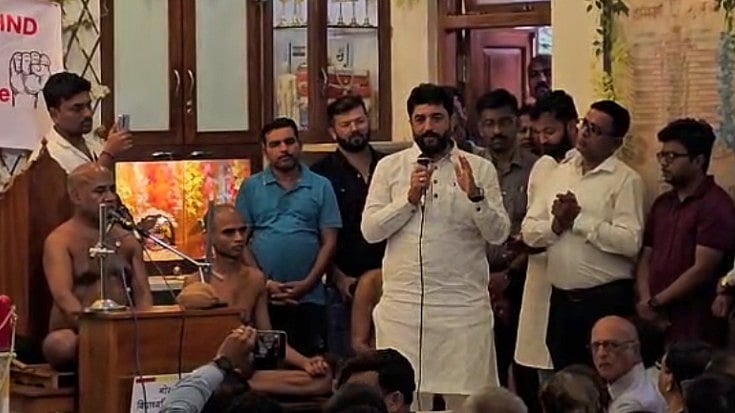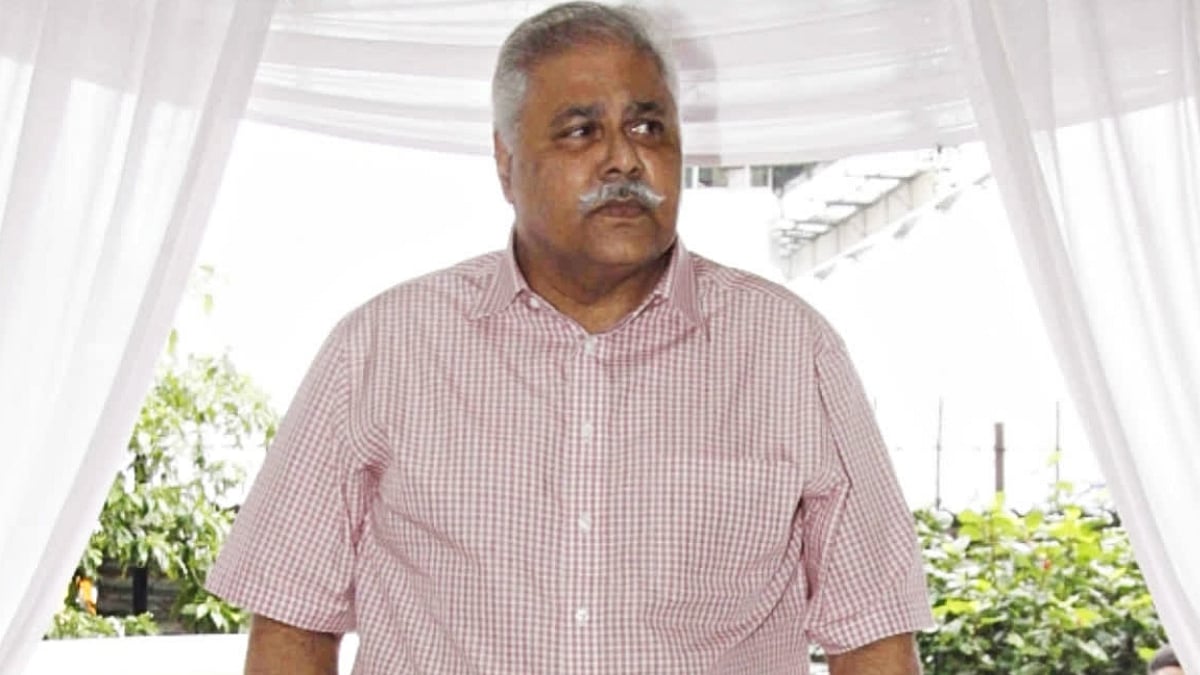Mumbai: Finance Minister Nirmala Sitharaman’s mettle will be tested on Monday, when she rises to present the Union Budget for 2021-22, arguably under the most challenging set of circumstances that any Finance Minister has had to deal with, in recent memory.
The Covid-19 pandemic, which derailed not just the plans of the Government but that of the entire world last year, continues to cast its long shadow over the economy and people’s lives. Consider this. Despite the Economic Survey 2021, which was tabled in Parliament on Friday claiming a 'V-shaped' recovery for the economy, the fact remains that GDP growth will be firmly in the negative for the ongoing financial year.
In fact, with forecasts of GDP contraction ranging from a low of 7 per cent to a high of 11.5 per cent, FY 2020-21 will be the first time that the Indian economy went into recession in the past 40 years, and is projected to be the sharpest recession since Independence. While the Survey has predicted a strong 11 per cent growth in the coming fiscal, it must be noted that this is on the low base of a recession year. In fact, even optimistic estimates see the economy reaching pre-Covid levels in actual terms only in two years’ time.
Given this, the FM has her task cut out – the Budget has to focus on reviving the economy, recreating the jobs lost during the pandemic, and plugging the infrastructure gaps, particularly in areas like healthcare, which were exposed by the pandemic.
While the Centre has routinely used the Economic Survey, usually presented to Parliament just before the Budget, to float test balloons on policy initiatives, the Surveys themselves have seldom served as a reliable indicator. In fact, Prime Minister Narendra Modi, addressing the media ahead of the Budget session, hinted that the Budget would be a continuation of the relief packages unveiled in the 4-5 ‘mini Budgets’ unveiled during the course of the last year. The trouble is, the FM has little room for manoeuvre, given the tight state of finances, and the already ballooning fiscal deficit caused by the extra expenditure forced by the pandemic.
India’s fiscal deficit -- the gap between the Government’s revenue and expenditure -- for the current fiscal year ending March is likely to be close to 7.5 per cent of the GDP, more than double the 3.5 per cent provided for in last year’s Budget, which was prepared before the onset of the pandemic.
Revenue collections have been hit hard by the lockdown. While GST collections have rebounded to Rs 1.15 lakh crore in December, actually above pre-Covid levels, direct tax collections, which come from personal and corporate income tax receipts, continue to face a severe shortfall. This is because companies were hit hard on earnings and profits, while individuals faced job losses and pay cuts.
This means sharply increased borrowings. The Budget 2020-21 had estimated government borrowing at Rs 7.8 lakh crore, but it has already been revised to Rs 12 lakh crore and the final figure may be higher. There are clear indications that the Centre will step up spending in areas like defence (a separate defence fund needs to be created as per the Finance Commission’s recommendation), healthcare and
infrastructure. Agriculture, which has actually saved the economy with a strong positive growth of 3.3 per cent amidst the recession, and which is currently in turmoil with significant sections of farmers opposing the new farm reform laws, could also see some sops being offered.
The FM’s challenge will be to fund these without pushing up borrowing inordinately. This means that revenue-raising activities will focus on non-tax receipts, particularly from disinvestment and the sale of PSUs. With the Centre having managed to garner nearly Rs 20,000 crore through equity sales in PSUs last year, it may go forward more aggressively, selling stakes in prime assets like the LIC, privatising more state-owned banks and, over time, sharply reducing the number of public sector banks to just five. The other area will be taxes. With indirect taxes under GST, this leaves only income tax and customs duties. There is wide expectation that customs duties will be further increased in areas like components for electronics, automobiles, FMCG etc., which will have the added benefit of boosting the ‘Make in India’ initiative.
While there may be an attempt to provide some relief to the salaried and the middle class – particularly those earning below Rs 15 lakh per annum, richer taxpayers and corporates may well have more surcharges and cesses levied on them, over and above the healthcare and education cesses already in place. On the trade front, while India has logged a current account surplus for the first time in decades, this is not exactly good news. The surplus has come from a sharp fall in imports, and in payments such as for travel services, since the pandemic has reduced foreign travel to a trickle. As the economy revives, the FM’s challenge will be to ensure that export sectors, such as textile, footwear etc. as well as manufactured exports, get a boost.









